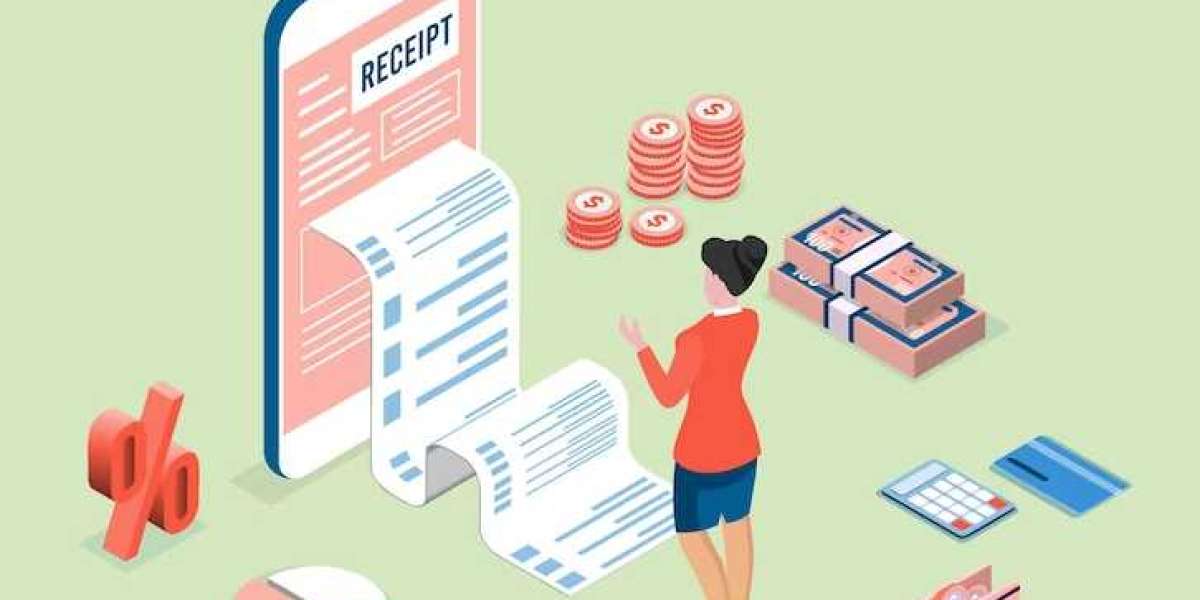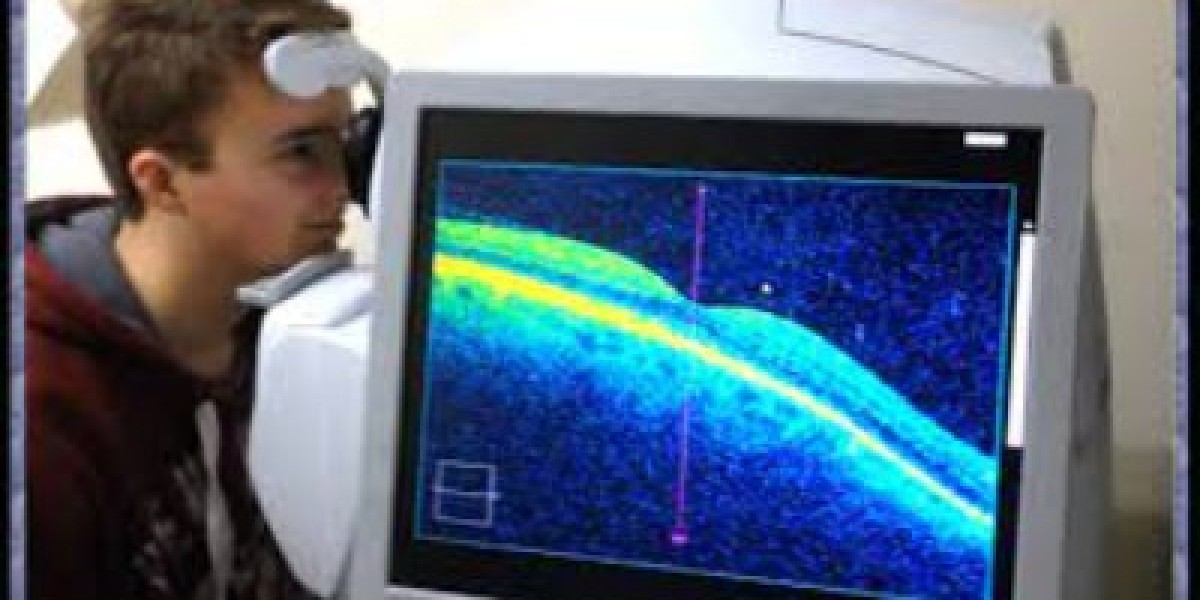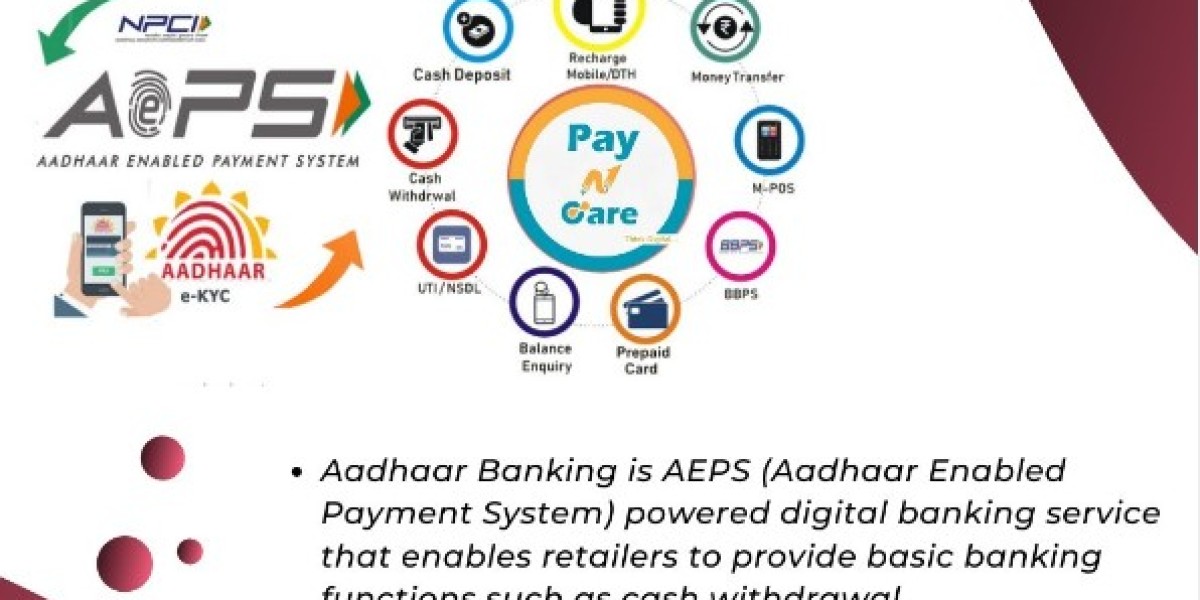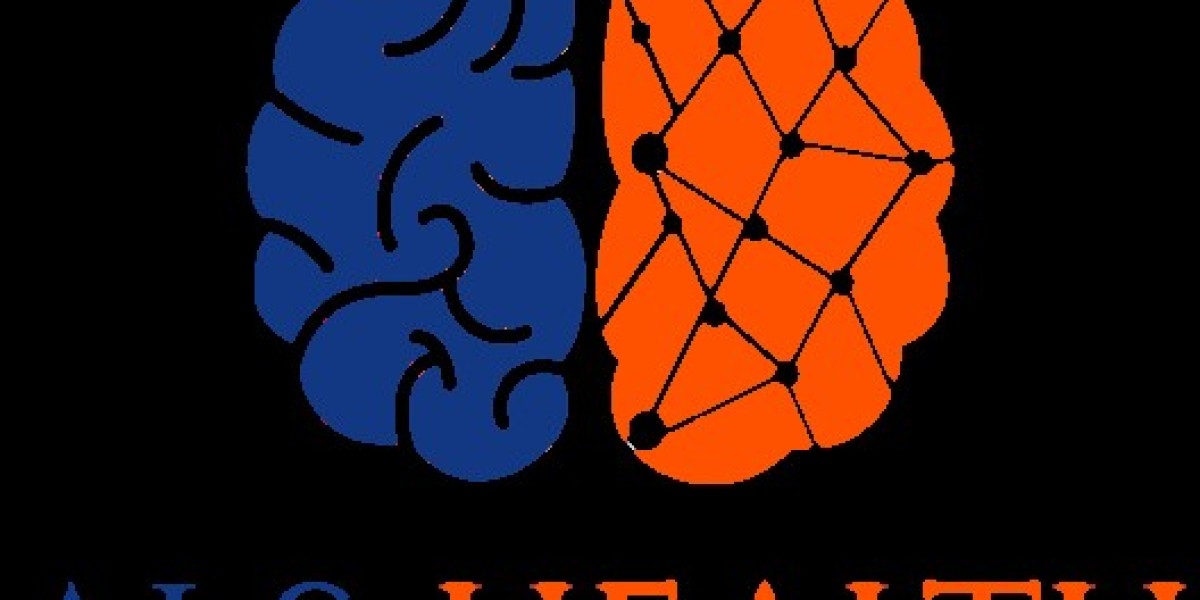Introduction to OCR and Machine Learning
OCR (Optical Character Recognition) is the conversion of images of text into machine-readable text. ML (Machine Learning) is a subset of AI (Artificial Intelligence) that allows computers to learn from data without being explicitly programmed.
ML is used in OCR to constantly improve accuracy rates by learning from new data. For example, if an OCR system encounters a new word that it has not seen before, it can use ML to learn the correct spelling of that word and add it to its dictionary. This means that over time, the OCR system will become more and more accurate as it continues to "learn" from new data.
The combination of OCR and ML is powerful because it allows businesses to automate their Receipt Scanning process with minimal human intervention. This maximizes efficiency and reduces costs.
Benefits of Using OCR and ML to Scan Receipts
If you've ever had to manually input data from a receipt, you know how tedious and error-prone the process can be. OCR (optical character recognition) and ML (machine learning) can automate this task quickly and accurately.
Here are some of the benefits of using ML and receipt OCR to scan:
- Increased accuracy: When data is manually inputted, there is always the potential for human error. OCR and ML can reduce or eliminate errors by automatically extracting data from receipts.
- Faster processing time: Manually inputting data from receipts can be time-consuming. OCR and ML can speed up the process by quickly extracting the data needed.
- Reduced costs: Automating data entry with OCR and ML can save businesses money by reducing or eliminating the need for manual labor.
- Improved customer service: By automating the process of collecting customer purchase data, businesses can improve their customer service by having more accurate and up-to-date information on hand.
- Greater insights: Leveraging the power of OCR and ML can help businesses gain greater insights into customer spending habits and trends over time.
Examples of How OCR and ML Can Improve Receipt Scanning
OCR and ML can improve receipt scanning in a number of ways. For example, OCR can be used to automatically extract data from receipts, such as the date, vendor, and amount. This data can then be used to generate expense reports or track spending. Additionally, OCR can be used to scan for keywords on receipts, such as “discount” or “promotion.” This information can be used to apply discounts or coupons at the time of purchase.
ML can also be used to improve receipt scanning. For example, ML can be used to identify patterns in spending. This information can be used to make recommendations on where to cut costs or how to manage finances better. Additionally, ML can be used to detect anomalies in receipts, such as duplicate charges or incorrect amounts. This information can then be flagged for review by a human.
The Potential for Real-Time Accurate Document Analysis
As businesses increasingly turn to digital document storage, the potential for real-time accurate document analysis is greater than ever before. Optical character recognition (OCR) and machine learning (ML) are two key technologies that can be used in conjunction to maximize efficiency and minimize errors in document scanning and analysis.
OCR is the process of converting images of text into machine-readable text. This enables businesses to scan and digitize paper documents with ease and also provides a basis for further data analysis via ML algorithms. While OCR technology has been around for some time, it has only recently become widely adopted due to advances in artificial intelligence (AI) and machine learning.
ML algorithms can be used to automatically extract information from digitized documents such as receipts, invoices, and forms. This data can then be used for a variety of purposes, such as expense tracking, business analytics, or fraud detection. The potential for real-time accurate document analysis using OCR and ML is significant, and there are a number of startups that are already leveraging this technology to provide innovative solutions for businesses.
Challenges Facing OCR/ML Technology
There are several challenges facing Optical Character Recognition (OCR) and Machine Learning (ML) technology when it comes to receipt scanning. One challenge is the variable quality of images. This can be a result of the type of scanner used, the resolution, or simply the condition of the original document. Another challenge is the presence of background noise, such as watermarks or anti-copy measures, which can make OCR difficult or impossible. Additionally, receipts often contain text in a variety of fonts and sizes, which can also impact OCR accuracy. Finally, receipts may also be in multiple languages, which presents its own set of challenges for OCR software. Despite these challenges, OCR and ML technology continue to evolve and improve, making them essential tools for anyone looking to maximize efficiency in their receipt scanning process.
Conclusion
In conclusion, OCR and ML are the present and future of receipt scanning. By combining the capabilities of OCR technology with the power of machine learning algorithms, businesses have already seen tremendous improvements in their workflow efficiency. As this technology continues to evolve, expect more advanced features to be integrated into existing software solutions that can provide a truly automated system for receipt processing. With these new technologies, companies will see great benefits from one-step data extraction accuracy when scanning receipts and other important documents.








